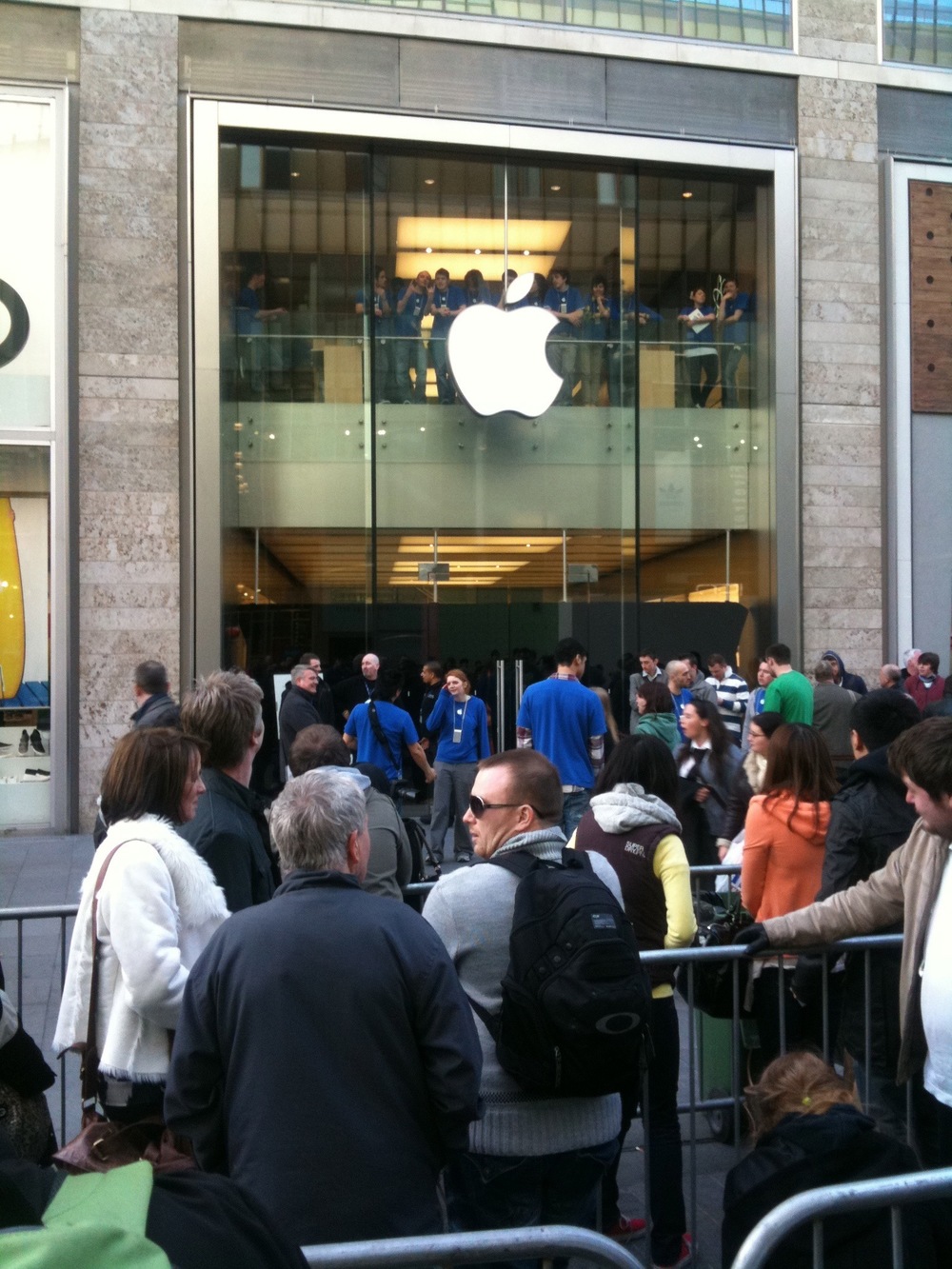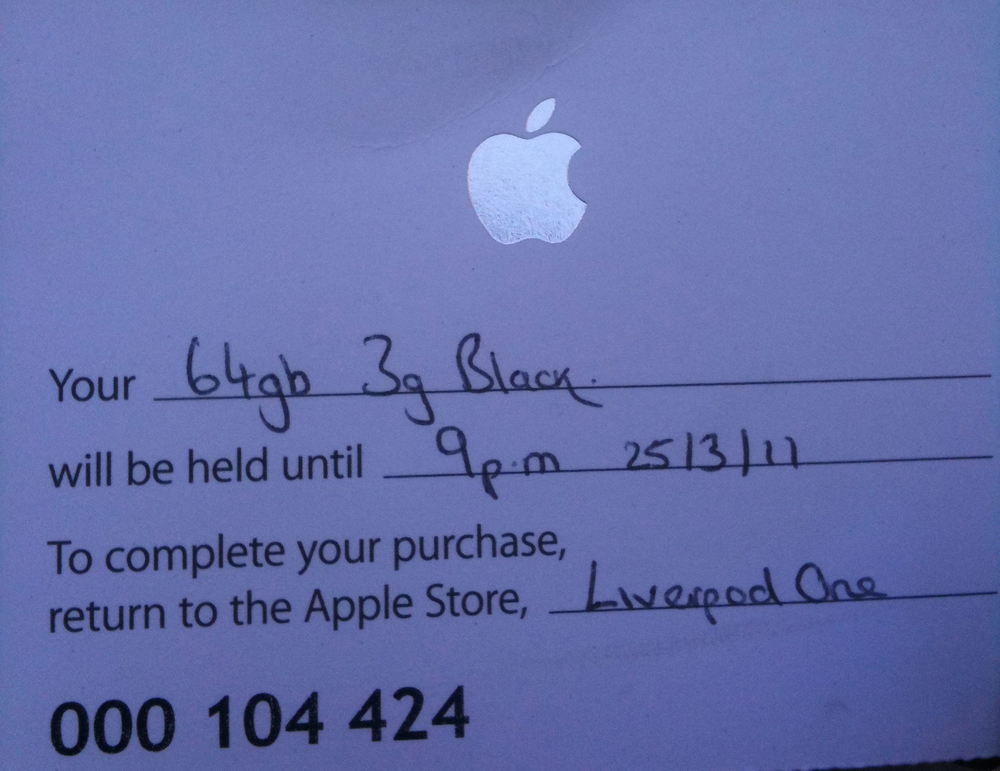Elgato Smart Key
About eighteen months ago I saw an ad for Tile, a Bluetooth 4.0 Low Energy enabled tag that allows you to keep track of anything you attach the Tile to, with your smartphone. I was very tempted to try one but felt that it was let down by having a non-replaceable battery. It had a claimed battery life of twelve months but it felt like it was intended to maintain continued sales through replacement purchase of further units. I know just under $20 is hardly a fortune, but I decided it wasn’t for me.
Since then I’ve seen a number of similar products hitting the market and, quite liking the concept, I’ve followed developments with interest.
In mid December 2013 I received a newsletter from Elgato. In it was featured their ‘Smart Key’. A Bluetooth LE enabled key fob with a replaceable CR2032 battery, that connects with dedicated app on a smartphone. I downloaded the app for iOS and played around with it in demo mode. I read a variety of mixed reviews. To be honest, most of the negative reports were from people who hadn't grasped the fact that it is not a GPS tracker, but a proximity device, limited by the active range of Bluetooth. Indeed all of the competing products are - whatever the marketing blurb may have you think.
Tile even promotes the fact that your lost item can be traced by using the ‘Tile community’ which I would imagine is a bit hit and miss, as it relies on other Tile users coming within range of your lost Tile, and reporting the approximate location to you.
I ordered the Elgato Smart Key and was initially impressed with it. The build quality is good, and it appears to be very durable. As it spends most of its time rattling around in a pocket, attached to a bunch of keys, it needs to be. The setup process is simple and the iOS app intuitive. It has the facility to be set up in a variety of modes, depending on your needs.
It soon became evident that the device is only as good as Bluetooth LE allows it to be. Connectivity isn't always great, resulting in the device unnecessarily moaning that it is lost, even when sometimes it is within inches of the phone it is paired with.
I found myself simply turning it off, rather than put up with the annoying chirping at random intervals.
It has the facility to mark a location as safe, so you don't get notifications at home, for instance. Even this is far from reliable.
When I bought the Smart Key, I had an iPhone 4S; I've since upgraded to an iPhone 6 and activated the Smart Key again, only to find exactly the same issues with reliability and inconsistent connectivity.
I really want to like the Smart Key, but something like this really needs to work flawlessly, and it doesn't.
And so, it has hung from my key ring for almost twelve months, silent.
I've not tried any of the competing devices, though I do use other categories of Bluetooth LE connected devices, and find them to be mostly stable and reliable.
The Elgato Smart Key has a RRP of £39.95, and can be found for about £35. As is so often the case, particularly with technology products, the exchange rate between US $ and UK £ is 1:1.
I feel that it is over priced and can only assume that a significant part of the price is contributing towards the development of the smartphone app. Possibly manufacturing runs have been quite small, further adding to the inflated unit price.
The device and app are well designed - it's just a shame that reliable connectivity lets it down.








